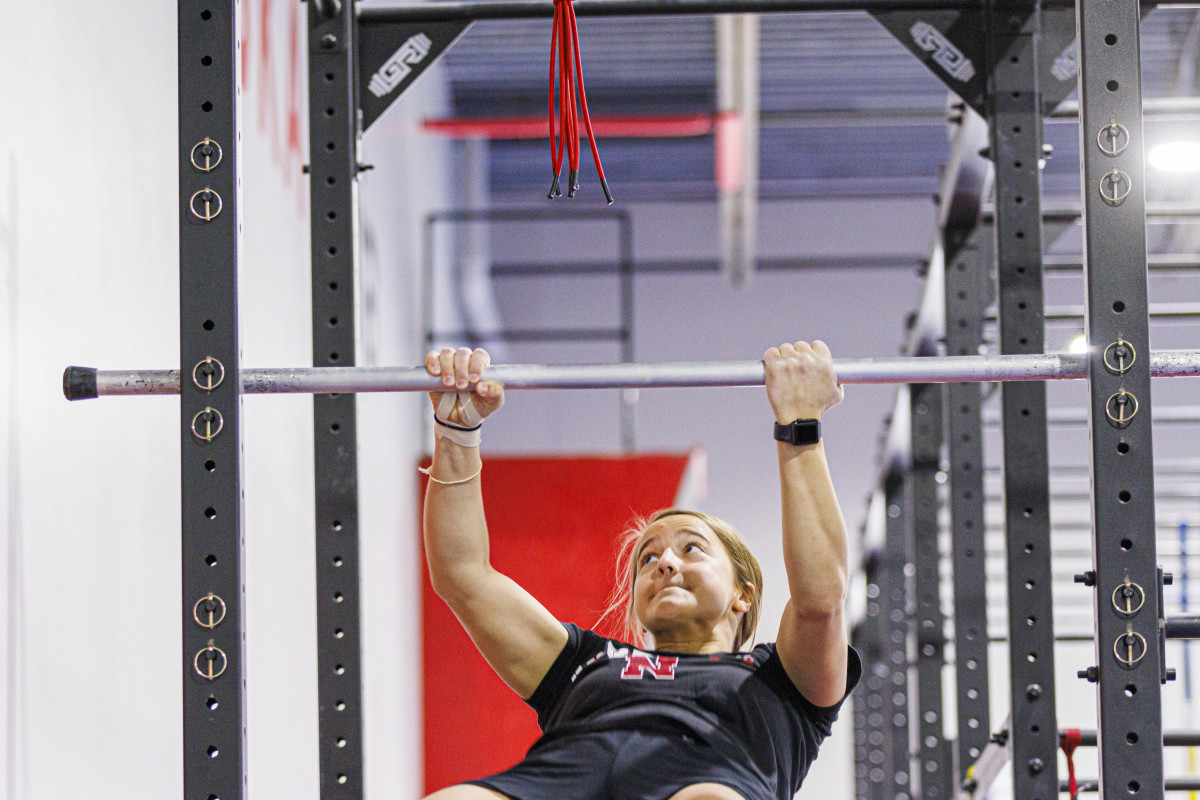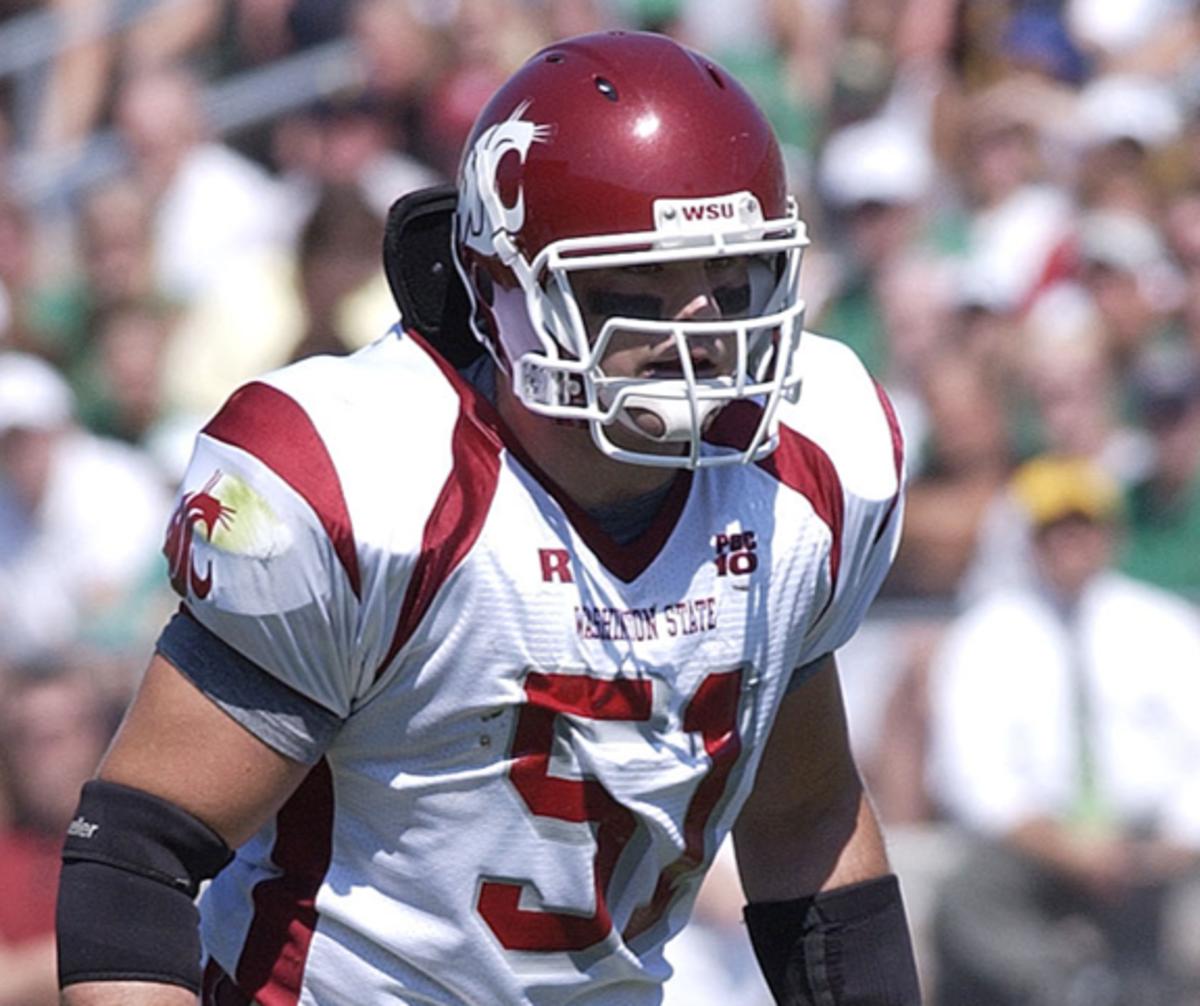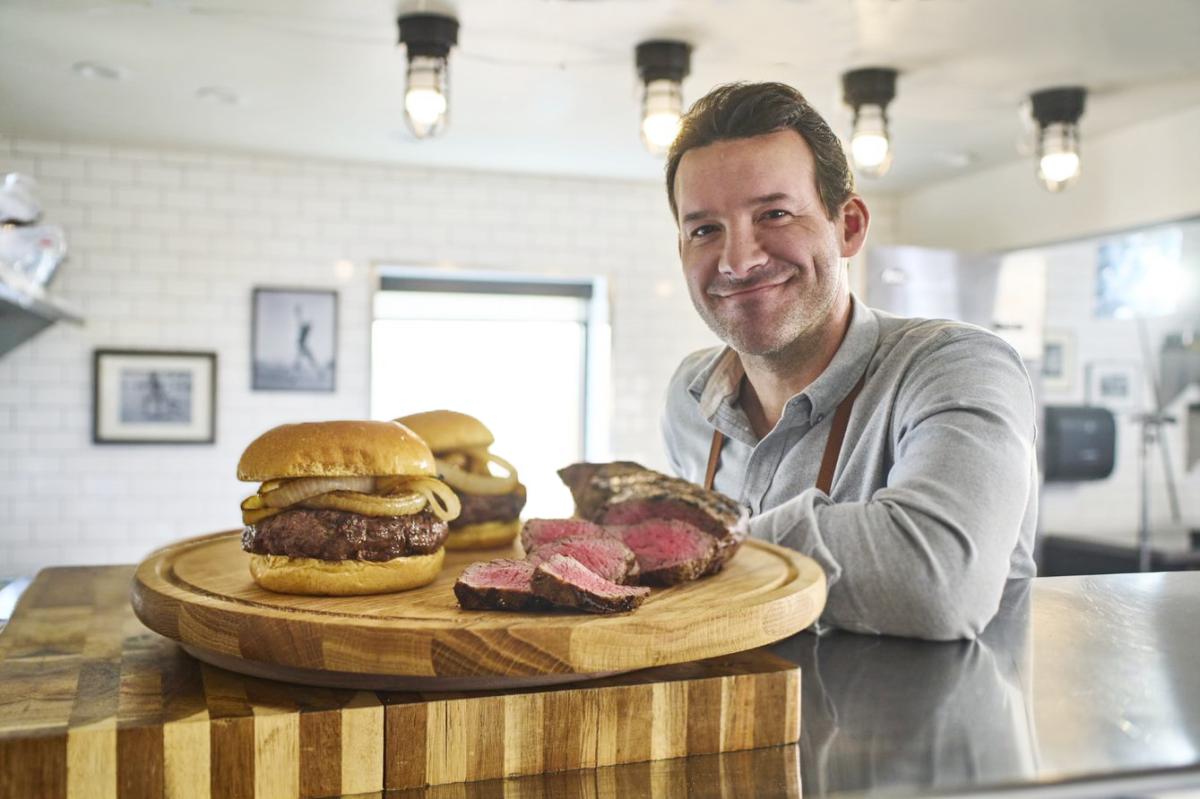Built By Beef

In a country as large and diverse as the United States, professional athletes come from all walks of life. Given our nation’s long and storied legacy of farming and ranching, it makes sense that plenty of pros have grown up using a barn as a backstop.
So, it just makes sense that a former farm hand would become a bullpen arm—as in the case of Minor League pitcher Locke St. John, who discovered his talent for baseball right around the time he found his passion for raising and showing cattle.
“It started as a 4-H project when I was seven years old,” says the now-29-year-old, referencing the non-profit organization that has been helping kids get involved in agriculture for more than a century, “and we exhibited cattle at county fairs, state fairs, national shows. It was all about the love for the animals and the competition.”
The veteran left-handed pitcher grew up just outside of Birmingham, Ala., on a small family farm with his parents, his younger brother, and a few cattle. The two boys had to balance schoolwork with chores around the farm, both of which took precedence over sports. Moving heavy feed and putting up bales of hay helped St. John get “farm strong,” as he puts it, but the responsibilities on a daily basis helped him build an elite work ethic.

“Obviously,” says St. John, “I was pretty good at baseball, so that went hand-in-hand with farm work and being held accountable. I had to feed the cows before I went to school, after school, after practice, before practice...”
While the chores were mandatory, the love for competition developed completely organically. St. John’s parents never pressured their two boys to show cattle or play baseball—in fact, the most pressure came from the high school football coaches, who wanted the rocket-armed, farm-strong lefty as their starting quarterback. “Too dangerous,” said his folks, who preferred their son avoid 250-pound linebackers in favor of 1,500-pound heifers.
With eight years of professional baseball under his belt, it seems St. John made the right decision. But with his brother Carter now in charge of day-to-day operations at Dry Creek Farm, it is clear that Locke’s post-playing career will take him right back to where he built it all: back on the farm.
Beef: It's What’s For Dinner—and Much More
Thanks to advancements in training and technology, modern athletes are bigger, stronger, and faster than ever before. Perhaps the most significant advancements have come in the kitchen: from All-Stars to weekend warriors, athletes at every level have discovered that nutrition is the key to peak performance. Regardless of the sport, protein is the name of the game—and nothing packs in protein like beef.
A three-ounce serving of lean beef contains as much as 25 grams of protein, making it pound-for-pound one of the most protein-rich foods on the planet. Plus, that same sizzling steak is high in bioavailable iron, zinc, Vitamin B12, and plenty of other nutrients critical for daily health and extremely beneficial for athletic training. All that protein breaks down into amino acids, which the human body uses to build and repair muscle and increase strength and stamina.
And if eating beef is good for athletes, raising beef cattle is even better—just ask extreme athlete Leigh Jahnke. The native Nebraskan didn’t just grow up on a farm: She turned it into the ultimate athletic playground and parlayed her unique training into becoming one of the youngest competitors in American Ninja Warrior history.

“I like adventurous sports,” says the 22-year-old Jahnke, putting it rather mildly. “I like when I’m out throwing myself around, doing daredevil-ish things. I got launched from a horse once, but I just loved to jump on a cow—and they were not meant to be ridden—but I would just jump on it because it looked like fun, or hang from an irrigation pivot and climb the hay bales. Anything that I could get my hands on to climb, I was on it!”
Farming runs deep for the Jahnkes—Leigh’s octogenarian grandparents still work every day on land that has been in the family for more than 150 years. From toddlerhood on, Jahnke bottle-fed calves every morning before school, and still spends summers home from college doing chores and helping her family. Now that she’s older, however, Jahnke has made a few upgrades to the farm in the form of massive, Ninja Warrior-style obstacles to help her train for one of the most difficult athletic endeavors on earth.
“When I first started trying to be on the show, they didn’t have a Ninja gym to train in Nebraska,” says Jahnke. “The farm worked out perfect. We had a cattle chute and I could do Laches on it, we had ropes I could climb, hay bales to throw.”
Eventually, Jahnke built some of the more grueling Ninja obstacles on the property, including a salmon ladder and fly wheels. Of course, the two most important things Jahnke built on the farm came right from raising cattle: Her unstoppable work ethic, and her powerful body. Jahnke proudly says her father was mixing beef into her baby food, and her family meals almost always feature farm-fresh steaks, burgers, and—Leigh’s personal favorite—prime rib.
Farm-Raised, Family-Owned
While mom-and-pop stores are synonymous with Main St. USA, family farms are a key part of agribusiness in America, and remain critical elements of local economies and communities. In fact, 90% of all U.S. farms and ranches are family-owned, the majority of which raise fewer than 100 beef cows.
These small- and medium-sized farms are vital to local ecosystems in more ways than one, and must operate as efficiently and sustainably as possible in order to maintain viability. In Nebraska, for example, the Jahnke family grows the very crops they feed to their cattle, then recycle the water and feed into manure they use to grow more crops. They use soil moisture sensors to avoid wasting water, and use grassed waterways to naturally slow the flow of water and protect against erosion. These innovative techniques enable the Jahnkes to operate their farm without using chemical fertilizers.
Things are even more intense at the Post5 Cattle Company, a family cattle ranch situated halfway between Seattle and Spokane in the sprawling desert of Central Washington State. The heart of the state’s farming country receives only seven inches of rain each year—or a normal Tuesday in Seattle—which means everything runs on irrigation and the margins for error are extremely slim. Good thing owners Will and Nicole Derting were raised with their hands in the dirt—and in the case of Will, on the line of scrimmage.
Will grew up on a cow-calf operation in North Central Washington, spending his childhood a good 35 miles of dirt road driving away from the nearest town. Things were so remote that the nearest phone was two miles away—which made college recruiting a bit of a challenge once Will began showing promise on the gridiron.
“I’d have to drive to my aunt and uncle’s house and wait for the recruiters to call,” recalls Will. “We had a preset time every Sunday, and I’d have to be out there and we’d talk for a bit.”
Will admits his family was a bit naïve when it came to college football, but perhaps that helped: the summer before his Junior year of high school, Will showed up all alone for a football camp at Washington State University and left with an offer for a full-ride scholarship. Without easy access to a gym, Will went home with a packet full of workouts and spent the rest of the year running sprints before working full days on the farm and feasting on a freezer full of beef for nearly every meal. Will showed up for WSU fall football camp primed and ready for the team conditioning test, then used his farm strength to embarrass the rest of the squad: “The other guys weren’t ready for it—they even had to cut the tests short. But it was pretty easy for me.”

When Will met Nicole, it was a perfect match—not least because Nicole was raised in the orchard business, grew up showing heifers in competition, and barrel raced on horseback up until welcoming the first Derting kid to the family. Now, all four Derting kids are growing up just like their parents, including loving the same farming and ranching traditions.
“The eight-year-old, he started riding horses when he was not quite four, and he will flat-out tell you that’s what he wants to do for his whole life: be on a horse and chase cows,” says Nicole with a hint of pride. “Seeing his face and how his personality just kind of shines when he’s doing that sort of work is pretty amazing.”
Whether riding horses, tending to cows, or mending fences, the entire Derting family is involved in the day-to-day, and everyone lives off the beef they raise. From bottle-feeding calves multiple times a day to mending fences and feeding cattle, the family is always on the go.
The lessons they impart on their kids each day are priceless, and caring for the land and animals is both a lesson and a way of life. The cattle that Post5 cares for spend the summer up near the Canadian border in high timber country, where food is plentiful—but they return to Central Washington on November 1, when fields have been mostly harvested and are prepared for winter. To ensure cattle still have plenty to graze, the Dertings have gotten nearby farmers to rotate their fields with “cover” crops; plants that help replenish the soil but don’t fetch high prices at market because they don’t exactly excite the human palate. Cows, however, thrive off of grass and forages that are inedible to humans. In turn, cattle “upcycle” these plants into delicious beef.
“We incentivize farmers by paying them for a crop that they wouldn’t necessarily get any money for, because it’s not a cash crop,” explains Nicole. “And what that allows them to do is rest their soil and build up organic matter for next season.” Will and Nicole’s cattle even act as volunteer firefighters: In such an arid desert climate, any kind of high grass can dry out and become fuel for future wildfires—much better to turn it into tasty hay for a herd of cattle returning from their summer vacation up in Canada.
Going Pro on the Field and the Farm
Between the nutrition, the discipline, the traditions, and the flat-out fun of raising cattle, it is no wonder that elite athletes and beef are a perfect pair. Whether you are just starting out as an athlete or have completed a long professional career, beef is a wonderful addition to a healthy, sustainable diet. Just ask former football star Tony Romo, an unabashed beef fan and spokesman for the Beef Checkoff-funded “Beef. It’s What’s For Dinner.” brand.

“I love beef! It plays an important role in strength and performance, both on and off the field,” says Romo. “It’s packed full of nutrients that are perfect for all types of athletes, and I feel good knowing that cattle producers are committed to caring for the land while raising a high-quality product.”
And while most of his career was spent around a pigskin, don’t worry: Romo knows a thing or two about cowboys.
